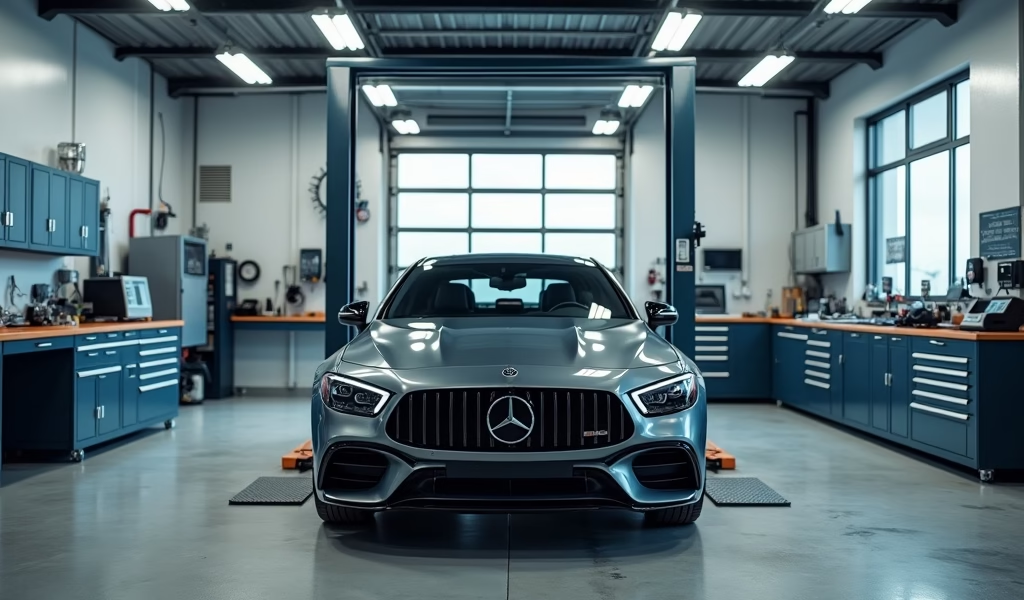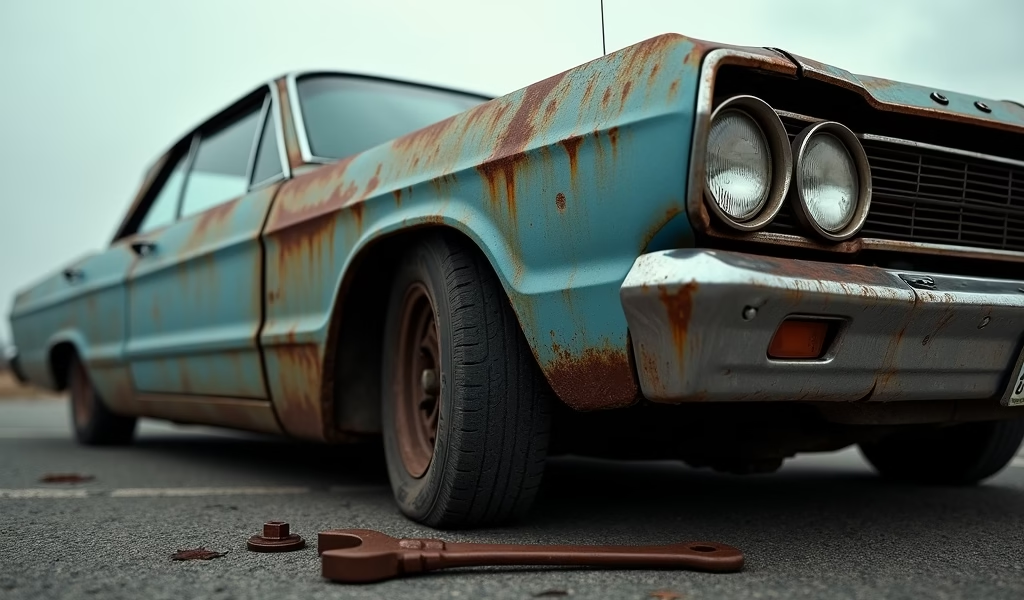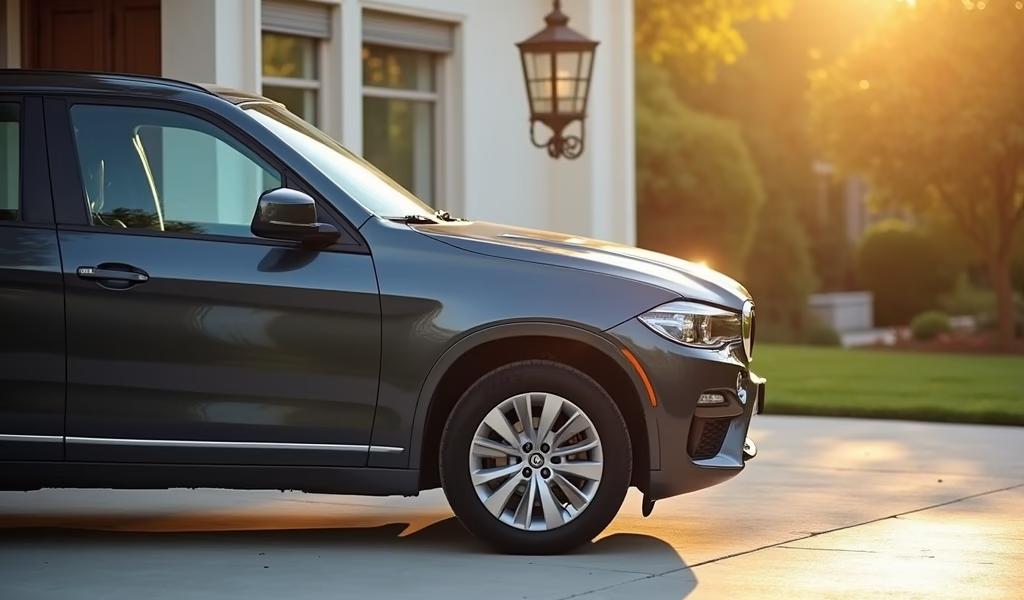Overview
The article outlines five key strategies for maximizing used car value in today’s market: regular maintenance, prompt issue resolution, proper cleaning, thorough documentation, and smart upgrades. It emphasizes that consistent care and documentation can significantly increase resale value, with well-maintained vehicles commanding 10-15% higher prices than neglected counterparts.
Table of Contents
- Understanding Used Car Prices in Today’s Market
- Regular Maintenance: The Value Preservation Secret
- Addressing Issues Promptly: Small Fixes, Big Returns
- Proper Cleaning and Detailing: First Impressions Matter
- Documentation: Your Vehicle’s Value Resume
- Smart Upgrades That Actually Boost Resale Value
- Conclusion: Protecting Your Automotive Investment
- Frequently Asked Questions
Understanding Used Car Prices in Today’s Market
The prices of used cars have been on quite the rollercoaster these past few years. As someone who’s had their hands under the hood of countless vehicles, I’ve watched the market transform dramatically. Today’s used car isn’t just transportation—it’s an investment that requires strategic management.
Post-pandemic supply chain disruptions sent used car prices soaring to unprecedented heights, with average prices jumping nearly 40% between 2020 and 2022. While we’ve seen some cooling in recent months, prices remain significantly higher than pre-pandemic levels, creating both challenges and opportunities for savvy car owners.
This elevated market means your used vehicle likely holds more value than you might think. But here’s the catch—buyers have become increasingly selective, looking for well-maintained vehicles that justify their higher price tags. The difference between a neglected car and a properly maintained one can easily translate to thousands of dollars when it’s time to sell.
I’ve seen identical model vehicles with just one key difference—maintenance history—sell for price differences that would make your head spin. A meticulously maintained 2018 Honda Accord might fetch $4,000-5,000 more than its neglected twin, even with similar mileage. That’s why knowing how to care for your vehicle isn’t just about avoiding breakdowns—it’s about protecting your financial investment.
Let’s dive into the five most effective ways to maintain your used car’s value in today’s competitive market, starting with the foundation of vehicle value preservation: consistent maintenance.
Regular Maintenance: The Value Preservation Secret

I can’t count how many times I’ve seen potential buyers walk away from otherwise great vehicles because of neglected maintenance. Your car’s maintenance schedule isn’t just a suggestion—it’s the blueprint for preserving your vehicle’s value and performance.
Oil changes remain the cornerstone of proper maintenance. Modern synthetic oils have extended change intervals to 5,000-7,500 miles for most vehicles, but don’t push beyond manufacturer recommendations. Fresh oil prevents engine wear that can lead to costly repairs and significant value depreciation down the road.
Beyond oil, pay particular attention to these often-overlooked maintenance items that dramatically impact vehicle value:
- Timing belt replacement (typically every 60,000-100,000 miles)
- Transmission fluid service (every 30,000-60,000 miles)
- Brake fluid replacement (every 2-3 years)
- Coolant flushes (every 30,000 miles or 5 years)
- Air filter replacement (every 15,000-30,000 miles)
What many people don’t realize is that following the maintenance schedule can actually be more affordable than dealing with the consequences of neglect. A $150 timing belt replacement is trivial compared to the $3,000+ engine repair bill if it fails. Plus, well-maintained vehicles typically deliver better fuel economy, saving you money while you own the car.
Finding a trusted mechanic who specializes in your specific make and model can make a world of difference. They’ll understand the quirks and common issues of your vehicle, often spotting potential problems before they become expensive repairs. Reputable dealerships often maintain service departments that specialize in their brand’s vehicles, though independent shops frequently offer comparable service at lower prices.
According to a study from Carfax, vehicles with proper maintenance records can command up to 10% higher resale values than those without—a difference that can translate to thousands of dollars in your pocket rather than the buyer’s.
Addressing Issues Promptly: Small Fixes, Big Returns
In my 20+ years working on vehicles, I’ve seen countless minor issues snowball into major, value-destroying problems. That check engine light you’ve been ignoring? It could be the difference between a $100 oxygen sensor replacement now or a $1,500 catalytic converter replacement later.
Strange noises from your vehicle aren’t just annoying—they’re your car’s way of communicating problems. That grinding from your brakes isn’t going away on its own. Address it immediately, and you’re looking at new brake pads for around $150. Wait too long, and you’ll need new rotors, calipers, and possibly more, easily exceeding $600.
Here’s my mechanic’s rule of thumb: Address issues in the order they appear, not in the order of convenience. This approach minimizes cascading failures where one problem creates another, multiplying both repair costs and value loss.
Small issues that particularly impact resale value include:
- Window regulators and power window issues
- Minor fluid leaks that stain driveways
- Dashboard warning lights of any kind
- Climate control problems
- Suspension noises (particularly important for test drives)
Research from Edmunds suggests that addressing small mechanical issues before selling can deliver a return on investment exceeding 100%—meaning that $300 repair might add $600 or more to your selling price while eliminating a major negotiation point for potential buyers.
Don’t be afraid to get multiple opinions on repair needs. While most shops are honest, repair priorities can vary. A second opinion has saved many of my customers thousands on unnecessary work while ensuring critical repairs weren’t missed. When looking at places to buy cheap cars, remember that immediate repairs might be necessary to maintain value.
Proper Cleaning and Detailing: First Impressions Matter
I’ve watched perfect-running vehicles sit unsold for months because they looked neglected, while less reliable but spotless cars sold in days at premium prices. The truth is, appearance creates powerful first impressions that directly impact perceived value and selling price.
Exterior care prevents more than just aesthetic issues. Regular washing (every 1-2 weeks) removes road salt, bug splatter, bird droppings, and other contaminants that can permanently damage paint when left untreated. A good quality wax applied quarterly creates a protective barrier against these elements while maintaining that showroom shine.
Interior care is equally important, particularly as buyers imagine themselves in the driver’s seat. Address spills and stains immediately—what takes five minutes to clean when fresh can become permanent after setting for weeks. Leather conditioning prevents cracking that can turn premium seats into value-destroying eyesores.
For maximum value retention, consider these often-overlooked cleaning tasks:
- Engine bay cleaning (carefully, with appropriate protectants)
- Wheel well washing to prevent hidden rust formation
- Headlight restoration if lenses are yellowing
- Interior vent cleaning to eliminate musty odors
- Carpet extraction for deep-set dirt and stains
Professional detailing before selling typically delivers exceptional ROI. A $200-300 detail can easily add $800-1,000 to your selling price while dramatically reducing time-on-market. If professional detailing isn’t in your budget, focus on the areas that create the strongest impressions: dashboard, door jambs, wheels, and interior surfaces that are touched regularly.
Remember that today’s buyers frequently make initial judgments based on online photos. A clean, well-presented vehicle photographs dramatically better than a dirty one, increasing inquiry rates and initial interest that ultimately translates to better offers.
Documentation: Your Vehicle’s Value Resume
In my years at the shop, I’ve seen two identical vehicles with 10-15% price differences based solely on the quality of their maintenance documentation. Smart buyers understand that maintenance records are the closest thing to a crystal ball for predicting a vehicle’s future reliability.
Create a comprehensive maintenance file including every service, repair, and modification performed on your vehicle. Include dates, mileage points, parts used, and the shop that performed the work. This level of detail eliminates guesswork for potential buyers and justifies premium pricing.
Digital documentation tools have made record-keeping significantly easier. Apps like CARFAX Car Care, AUTOsist, and simply taking photos of receipts provide backup documentation that can be easily shared with potential buyers. Many of these apps can even send maintenance reminders based on your specific vehicle’s requirements.
Beyond maintenance records, retain documentation of these value-enhancing elements:
- Original window sticker and purchase documentation
- Warranty information (including transferable aftermarket warranties)
- Accident reports and repair documentation
- Modification receipts with professional installation records
- Vehicle history reports (pre-purchase them to address concerns proactively)
When selling your vehicle, presentation matters. Organize your documentation chronologically in a clean folder or digital file, making it easy for buyers to review your vehicle’s history. This level of organization signals to buyers that the vehicle has been meticulously maintained, justifying premium pricing in a competitive used car market where the prices of used cars for sale continue to fluctuate.
Smart Upgrades That Actually Boost Resale Value

Not all modifications are created equal when it comes to preserving or enhancing value. In my decades at the shop, I’ve seen countless dollars wasted on upgrades that actually decreased vehicle value, while some modest investments delivered impressive returns.
Technology upgrades typically deliver the strongest value enhancement in today’s market. Adding modern conveniences like backup cameras (now mandated on new vehicles), smartphone integration systems, or modern Bluetooth capabilities can make an older vehicle feel current while addressing features buyers now expect.
Cosmetic improvements require careful consideration. While dramatic modifications rarely return their investment, tasteful enhancements often do. Professional paint correction, minor dent removal, and wheel refurbishment typically deliver 70-100% ROI while making your vehicle stand out in a crowded marketplace.
Here are the upgrades I’ve seen consistently maintain or enhance value:
- Factory-style infotainment upgrades from reputable manufacturers
- OEM or OEM-equivalent wheels in excellent condition
- Tasteful window tinting (particularly in hot climates)
- Professional paint protection films on high-impact areas
- Modern lighting upgrades (LED conversions for older vehicles)
Conversely, these modifications typically reduce value despite their costs:
- Aftermarket body kits and non-factory appearance modifications
- Extreme suspension modifications (lowering/lifting beyond 1-2 inches)
- Engine modifications that affect reliability or emissions compliance
- Oversized wheels that compromise ride quality
- Custom paint jobs or wraps in polarizing colors/designs
The golden rule for value-enhancing modifications is reversibility. Can the vehicle be returned to stock condition if needed? Modifications that can be reversed typically preserve value better than permanent alterations, particularly for mainstream vehicles where broad appeal matters most.
Conclusion: Protecting Your Automotive Investment
The prices of used cars have transformed these vehicles from simple transportation into genuine investments worthy of strategic management. By following these five core care principles—maintaining regularly, addressing issues promptly, cleaning properly, documenting thoroughly, and upgrading wisely—you can protect and even enhance your vehicle’s value in today’s competitive market.
Remember that consistency matters more than perfection. A vehicle with steady, documented care will almost always command higher prices than one with sporadic maintenance, regardless of condition at sale time. Small, regular investments in your vehicle’s care typically deliver returns far exceeding traditional investments when it’s time to sell.
In my decades working on vehicles, I’ve seen firsthand how these principles separate vehicles that hold their value from those that depreciate excessively. The difference often isn’t luck—it’s the cumulative result of hundreds of small decisions made throughout ownership.
As the used car market continues evolving, one constant remains: well-maintained, properly documented vehicles command premium prices and sell faster than their neglected counterparts. By implementing these five care tips, you’re not just maintaining transportation—you’re protecting a valuable asset that can deliver significant returns when properly managed.
Frequently Asked Questions
How much have used car prices increased in recent years?
Used car prices increased approximately 40% between 2020-2022 due to supply chain disruptions and inventory shortages. While prices have moderated slightly in 2023, they remain significantly higher than pre-pandemic levels.
Does regular maintenance really increase a car’s resale value?
Yes, vehicles with complete maintenance records typically sell for 10-15% more than similar vehicles without documented maintenance. This difference can translate to thousands of dollars in additional value at sale time.
Which maintenance items matter most for preserving value?
Oil changes, timing belt replacement, transmission service, and brake system maintenance typically deliver the highest value preservation. These services prevent catastrophic failures that dramatically reduce vehicle value.
Is professional detailing worth the cost when selling?
Professional detailing typically delivers 200-300% ROI when selling, often adding $800-1,000 to the sale price for a $250-300 investment. It also significantly reduces time-on-market for most vehicles.
What’s the biggest mistake people make that reduces their car’s value?
Ignoring warning lights and unusual noises is the most common and costly mistake. These early warning signs, when addressed promptly, typically cost a fraction of the repairs required after prolonged neglect.

